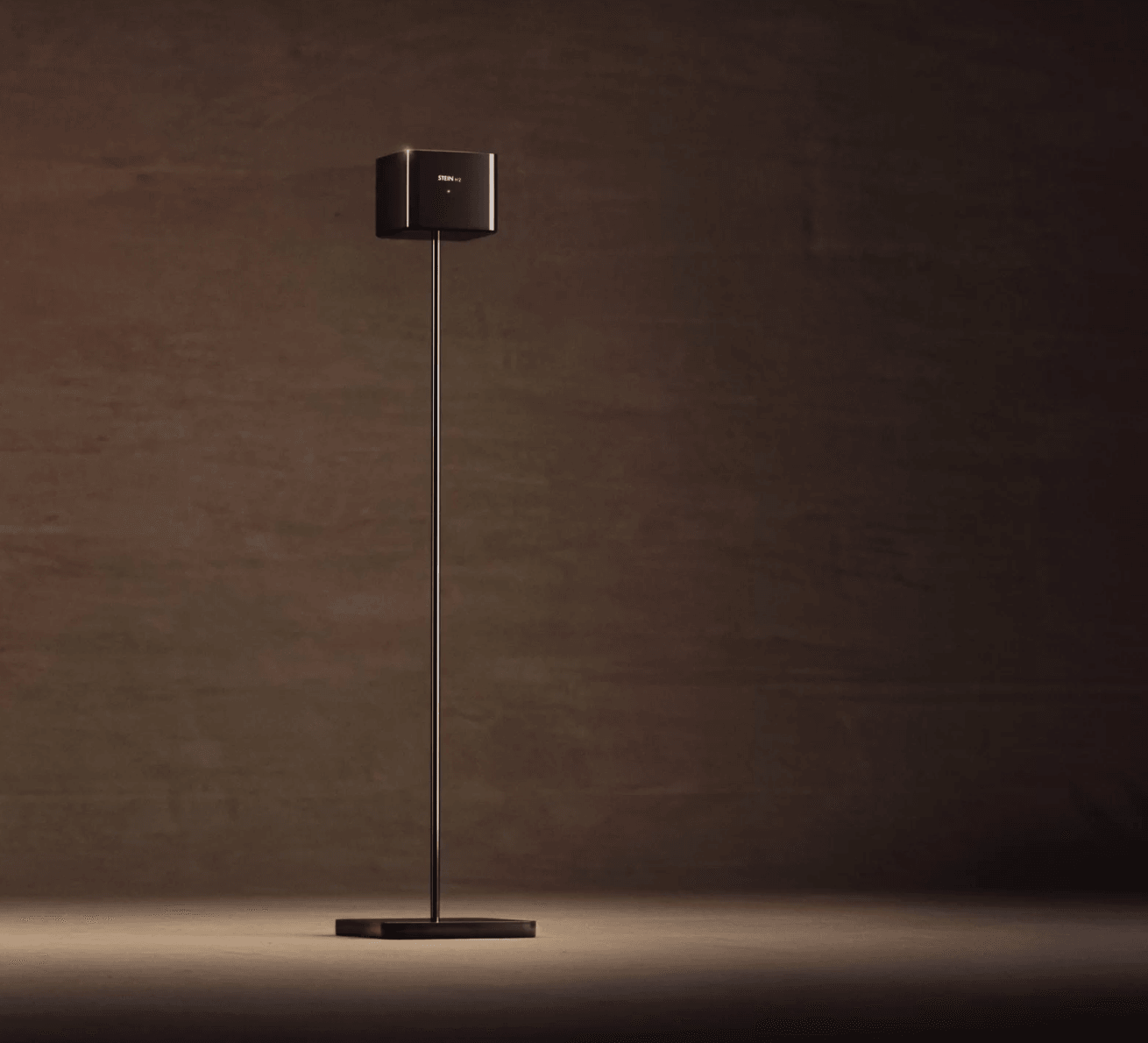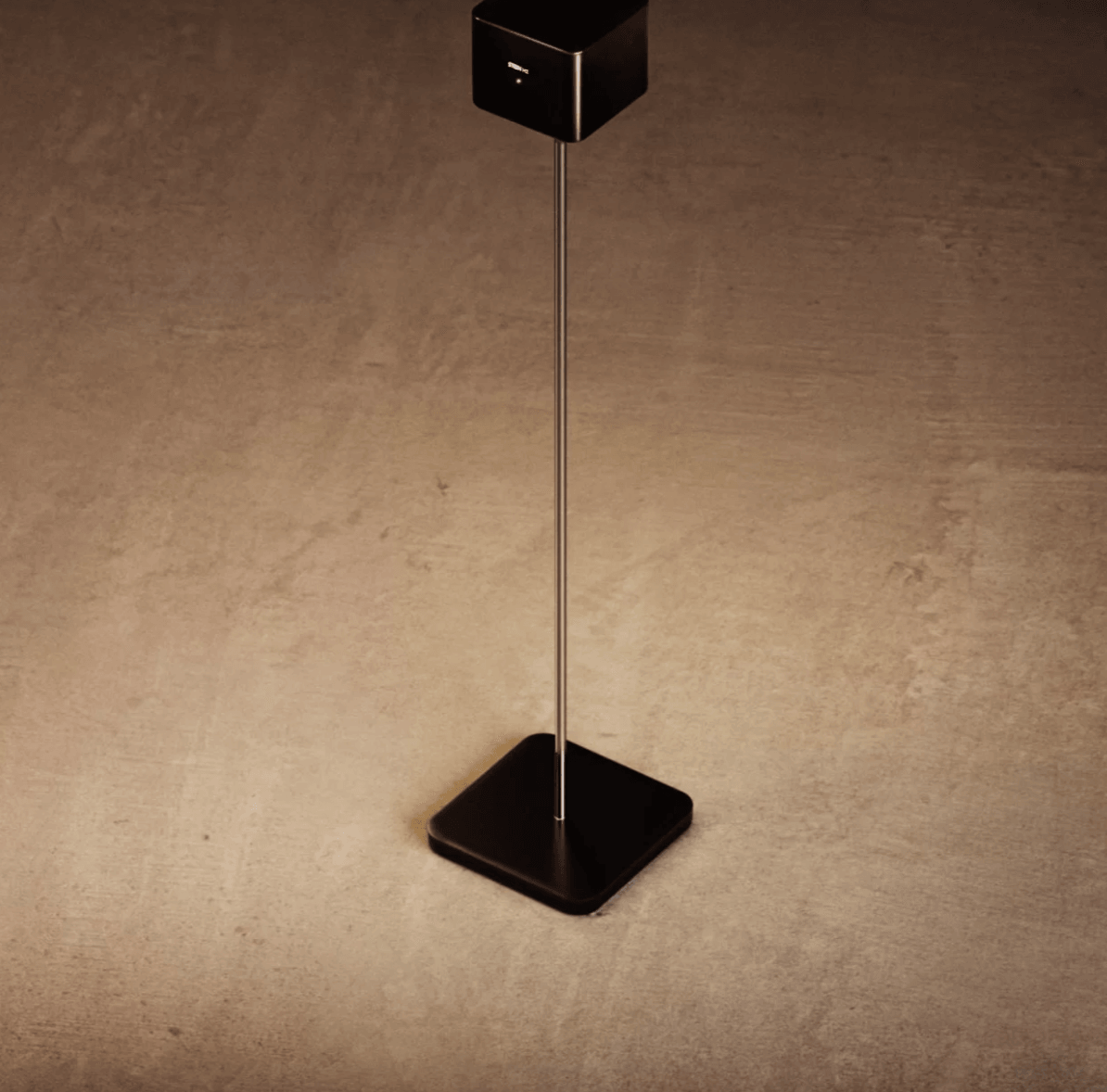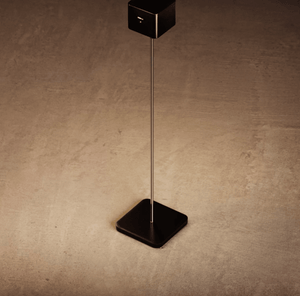-
- Aqua HiFi
- Artesania Audio
- AudioQuest
- AURENDER
- Block Audio
- Boulder
- Bowers & Wilkins
- Classe Audio
- Clarisys Audio
- Constellation Audio
- Critical Mass Systems
- ENLEUM
- Esoteric
- IsoAcoustics
- Kuzma
- LUMIN
- Magico
- MSB Technology
- MBL Audio
- Nordost
- PASS LABS
- Quadraspire
- Rega
- Shunyata Research
- Stein Music
- STENHEIM
- Trinnov
- VAC Audio
- Vicoustic
- VPI Industries
- Wireworld
-
- Login












